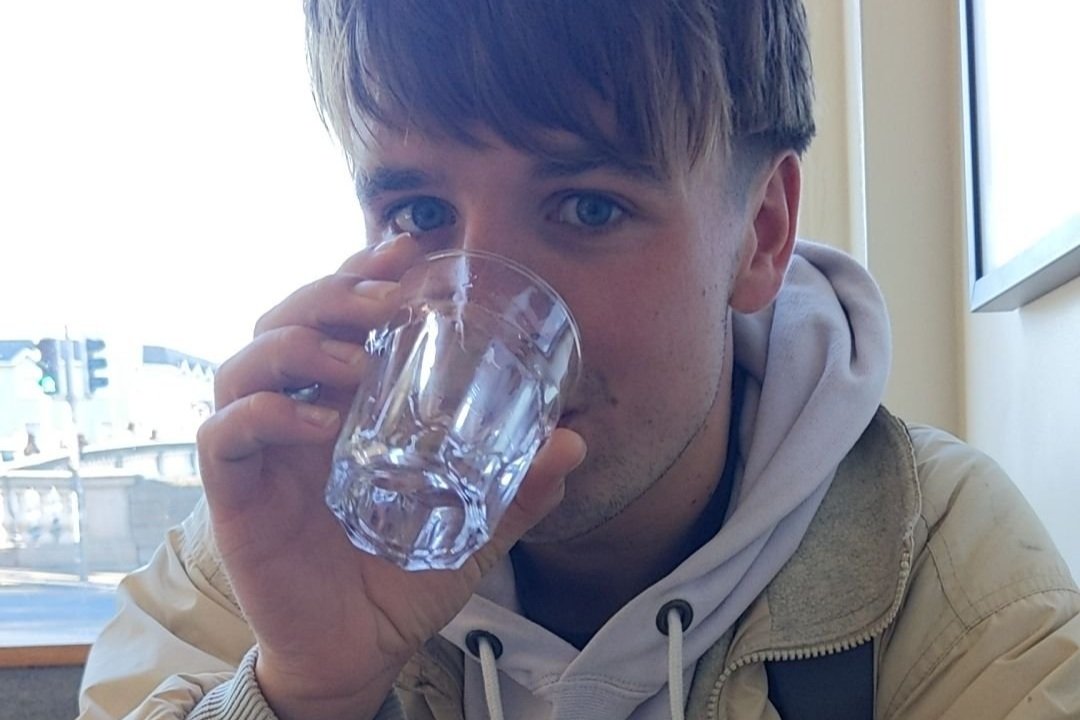
Share Your Meal.
A product and app design Project.
Re-examining social connection. Share your Meal is shareable packaging with a loyalty app designed to promote social interaction amongst Gen Z.
How Might We?
How might we encourage in-person social interactions among Gen Z that facilitate deeper connection?
Our Solution
We researched what Gen Z considers a social connection, the barriers they face, and their favourite ways to connect. We also explored different socialising methods across cultures.
This lead us to Share Your Meal, shareable food packaging that encourages social connection through the joy of eating together. With a shared loyalty card it encourages people to expand their social circle and to create deeper more meaningful connections.

Research
Surveys and Observations
Interviews with friends and members of the public
Secondary Research
Survey
We wanted to find out how Gen Z are socialising now vs how previous generations did at the same age. We conducted a survey with 60 people. The survey included both Gen Z participants and those from older generations.
Survey Results
Our survey revealed key differences in how Gen Z socialise and how older generations socialised at the same age. Gen Z faces significant barriers to socialising, such as time constraints and costs, and they rely on online interactions 70% more than older generations. Many Gen Z participants feel that phones make them and their friends less present during social gatherings. Meanwhile, older generations perceive Gen Z as spending too much time on their phones and note that Gen Z experiences more social anxiety about their social circles. Cost was a common barrier to socialising across all age groups, however it was more prevalent among Gen Z.
Observations
All different ages, sitting for hours
Very welcoming when people are passionate
Activity based. All different types
We observed how people socialised in different environments. We went out and tried a new activity (the DJ society) something we have never done before. We went to a coffee shop and a trad music society session in the pub.
Interviews with Friends
“Living at home. There’s a lack of free spaces”
“Video games during lockdown. More social than social media”
“Not many different activities available ”
Interviews with the public
Trinity campus and Stephen’s Green
“More cheap spaces. Say you go to a coffee shop, but you have to buy something that you don't really want. You just want a space to hang out”
“A real connection is when you're talking about more personal things, less small talk”
“I mean, you can talk to anyone about your course and like, that's fine, but it’s just surface level interactions”

Development
Key Insights
Concepts
User Testing
Key Insights
Present
Gen Z often struggles to stay present due to phone distractions. Sharing meals creates opportunities for meaningful connections and deeper, more engaging conversations beyond surface-level interactions.
Financial
Students value shared lunches, but finances often hinder social meals.
Lunchtime
Lunchtime on campus is a key moment for social interaction, most people are off at this time so this provides an informal chance to connect with friends and peers.
Concepts
We used these three insights to brainstorm concepts.
We decided to go with the shared meal concept as it received the most positive feedback from the users and we were most excited about developing it as a project :)
Sharing meals for social connection
We looked into the importance of sharing meals for social connection. It’s a universal way to connect and to bring people together. Tapas in Spain, Dim Sum in China, Middle Eastern food and Potluck in the U.S. all share the same sense of community.
Food and drink are enjoyed in an informal, social setting, they symbolise hospitality and serve as a social glue, strengthening relationships.
Tapas, Spain
Dim sum, China
Middle Eastern
Potluck U.S
Secondary Research
Our research underscored the importance of social connections through food for well being.
“We eat together to strengthen relationships, yet nearly half of adult meals are eaten alone, losing the richness of shared experiences.” Dr. Madeline King, Psychologist and Neuropsychologis
“Everybody needs at least one solid relationship, someone whom they feel they can count on in times of need.” Robert Waldinger, director of the Harvard Study of Adult Development
We decided to focus on this ONE solid relationship with two people for the sharable meal concept. However, after some user feedback we realised people wanted the option to connect with more than one person. We came up with the joint loyalty card app.
User Testing
Sharing
We wanted to see HOW people shared food. Were they having fun? What’s the easiest food to share?
APP
The loyalty app rewards dining together. Originally using 5 digit codes, we simplified it to QR scans for a more seamless experience.
Packaging
People like the option to have their own individual bowls.
Results
People are weird about SHARING food. “She got more than me!… ew I don’t want to eat the food he touched” However, they really enjoy EATING together.
Re-examining social connection. Share your Meal is shareable packaging with a loyalty app designed to promote social interaction amongst Gen Z.































